HOME >> APPLICATION
Metal mesh is commonly used in protective nets, walls, and fences—such as the enclosures for basketball courts and track-and-field venues. Later, the visionary French architect Dominique Perrault pioneered the innovative application of this mesh-like metal material in the field of building facades. The French National Library (designed and constructed between 1989 and 1995) and the German Olympic Velodrome and Swimming Pool (designed and constructed between 1992 and 1999), both his works, blazed a trail for the large-scale use of metal wire mesh. Since then, numerous designers have taken notice of this material and incorporated it into their designs.
Metal mesh materials are typically wire meshes made of weather-resistant materials such as aluminum alloy, stainless steel, and copper. In construction projects, they are commonly used for protective nets, walls, fences, and more. Driven by designers’ creativity, metal mesh materials are now widely applied in the field of indoor landscape art installations.
For exterior building facades: Metal mesh materials are usually weather-resistant aluminum alloy, stainless steel, or copper wire meshes.
For interior design: Metal mesh offers more options and broader applications. It can be used as maintenance partitions, stair railings, decorative materials, furniture materials, and so on.
Woven Wire Mesh
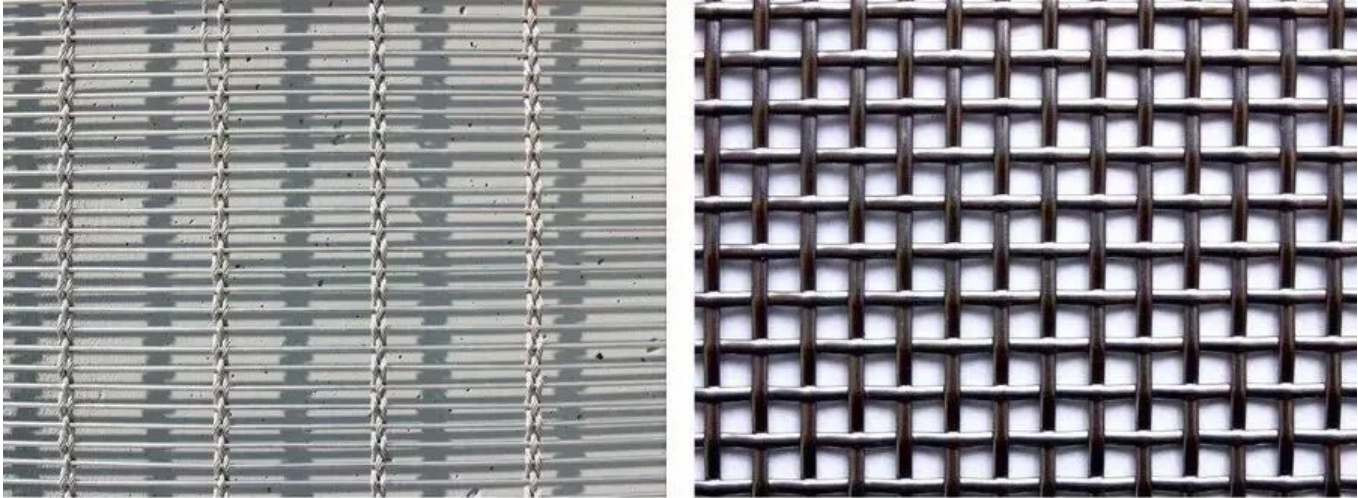
Metal mesh or metal mesh curtains made by machine-weaving metal wires, filaments, or strands.
Stretched Sheet Mesh

Produced from thin metal sheets through processes like mechanical slitting, stretching, and flattening.
Welded Wire Mesh

Metal wires joined together using specialized welding techniques.
In architectural decoration, designers often use metal wire mesh to create translucent metal mesh curtains. This application is not only environmentally friendly but also creates an elegant visual transition between internal and external spaces. The hazy visual effect of the translucent material conveys a richly layered sense of spatial depth. Below are some application directions:
The specific forms of metal mesh materials vary widely and can be selected based on the processes of different manufacturers and the designer’s intentions. The metal raw materials used for metal mesh include various plates (such as steel, stainless steel, copper, aluminum, and galvanized sheets) and metal wires. After processing, additional treatments like spray painting or other coloring processes can be applied.
With the advent of the era of personalization and customization, more and more companies are recognizing the application prospects of metal wire mesh in architecture, interiors, and landscapes. Designers can fully realize customized processing according to their own design intentions.
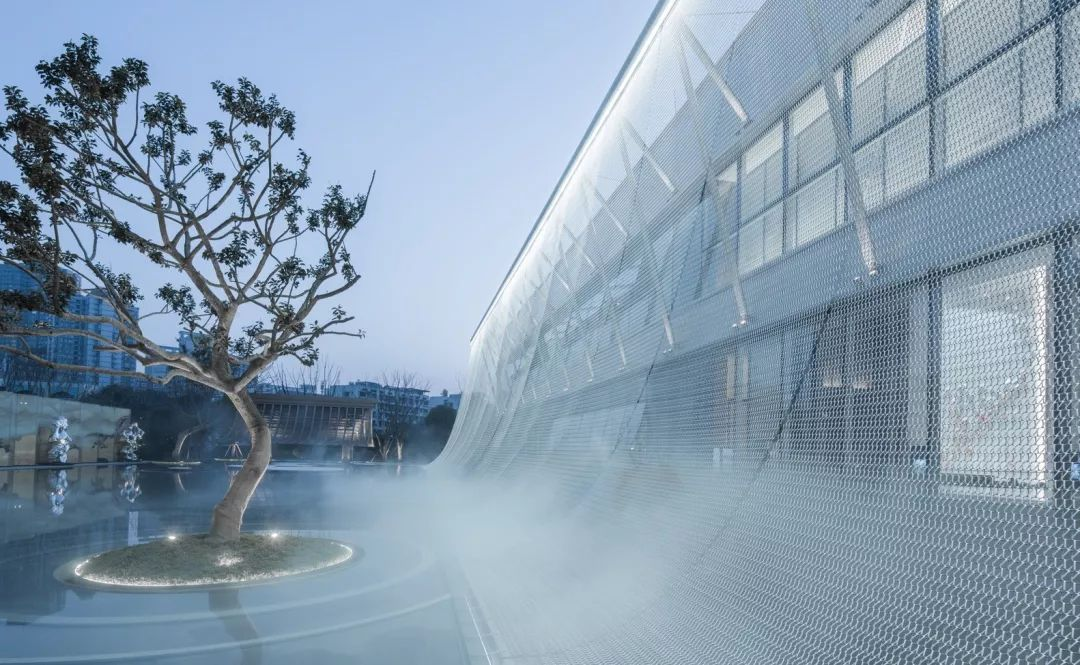

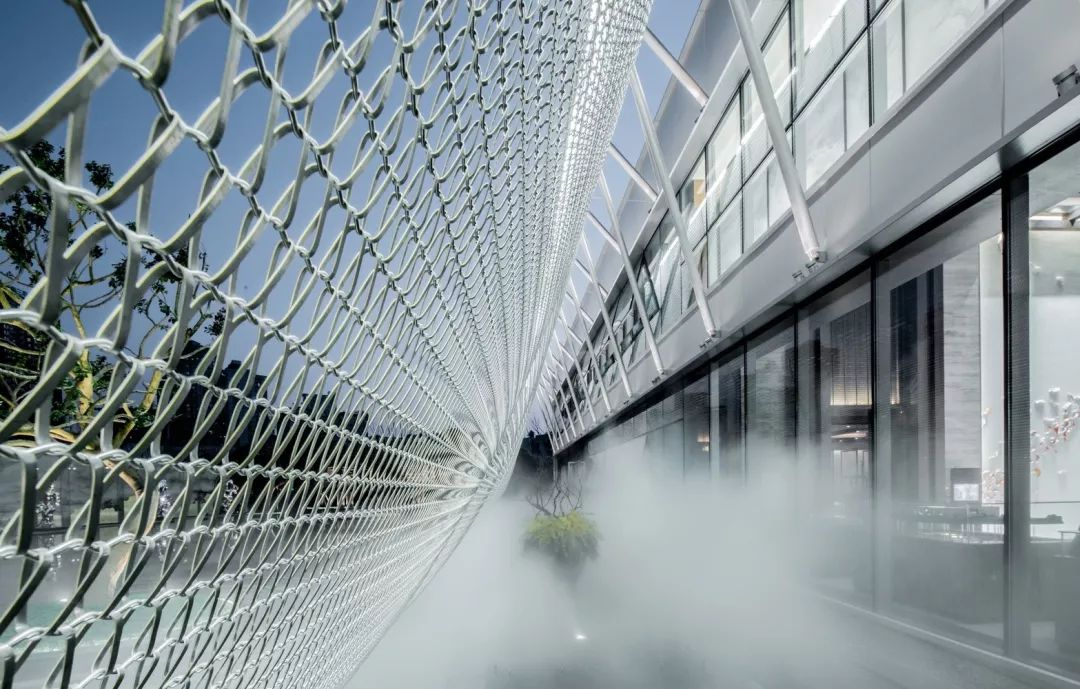

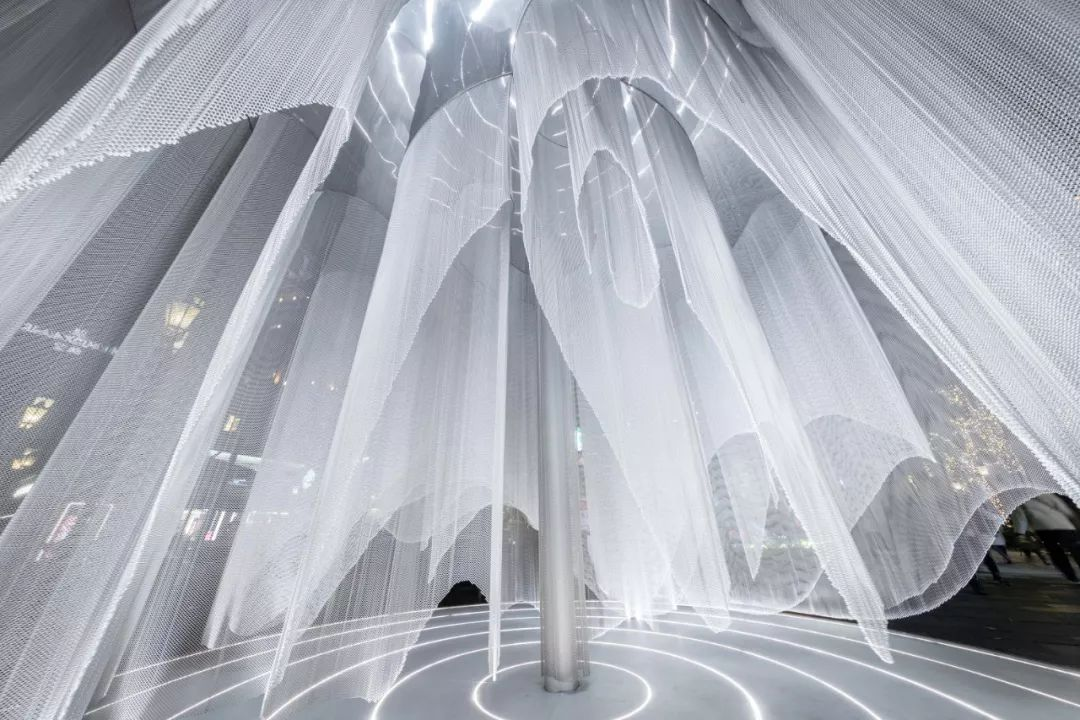
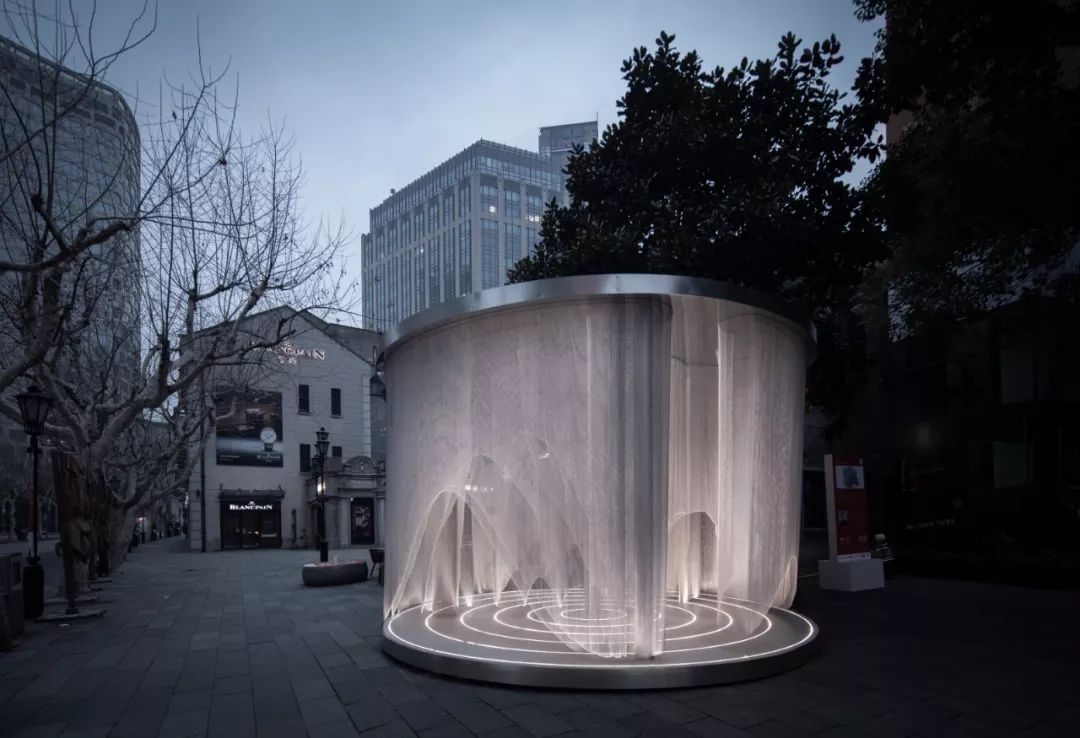
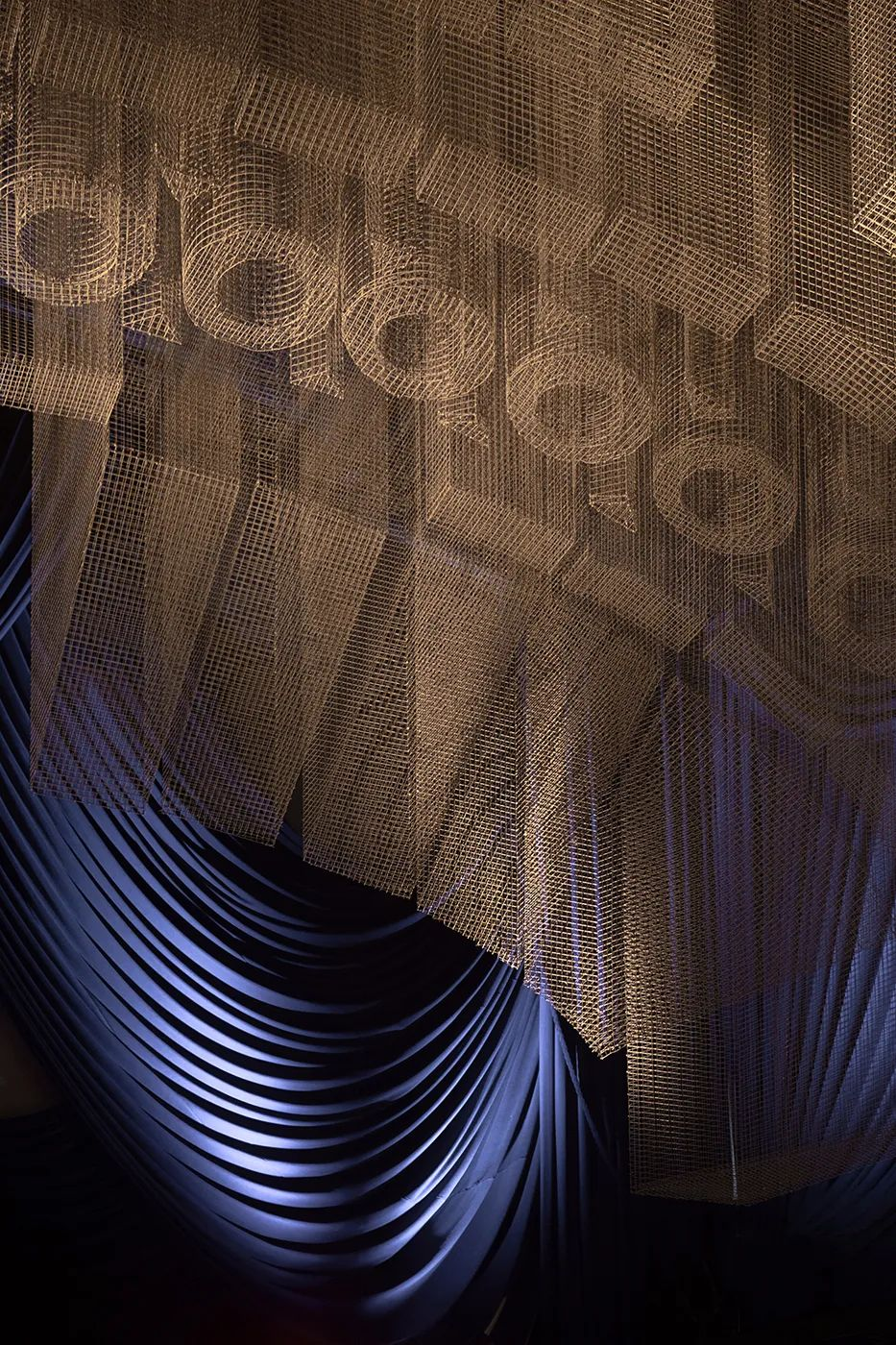
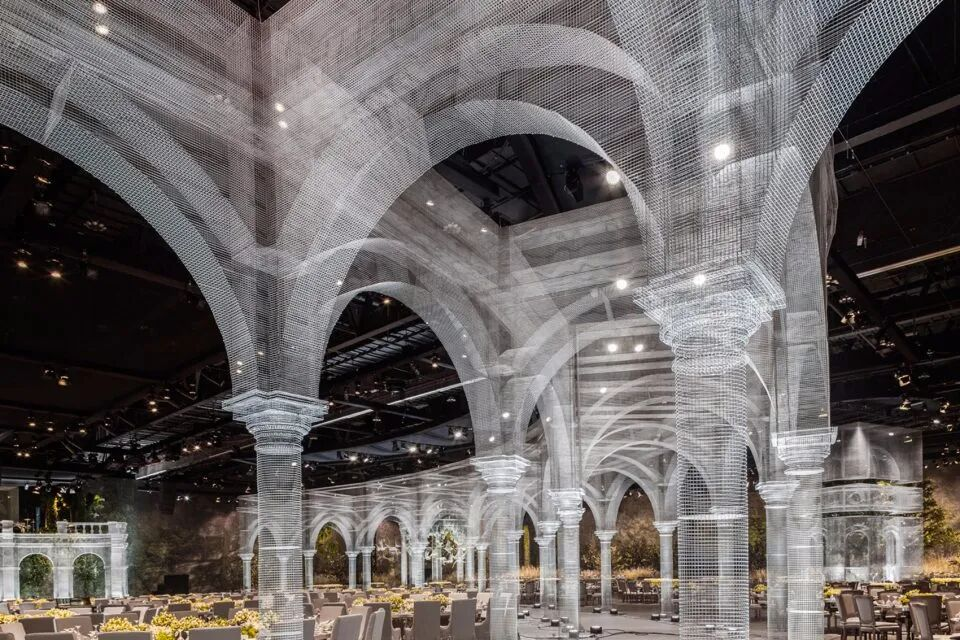
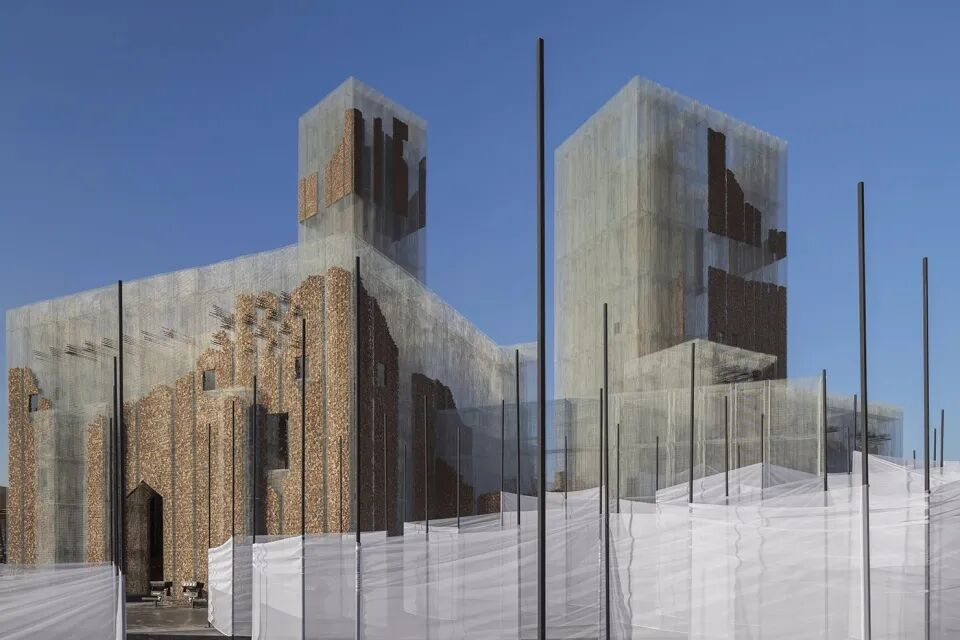
 WhatsApp
WhatsApp